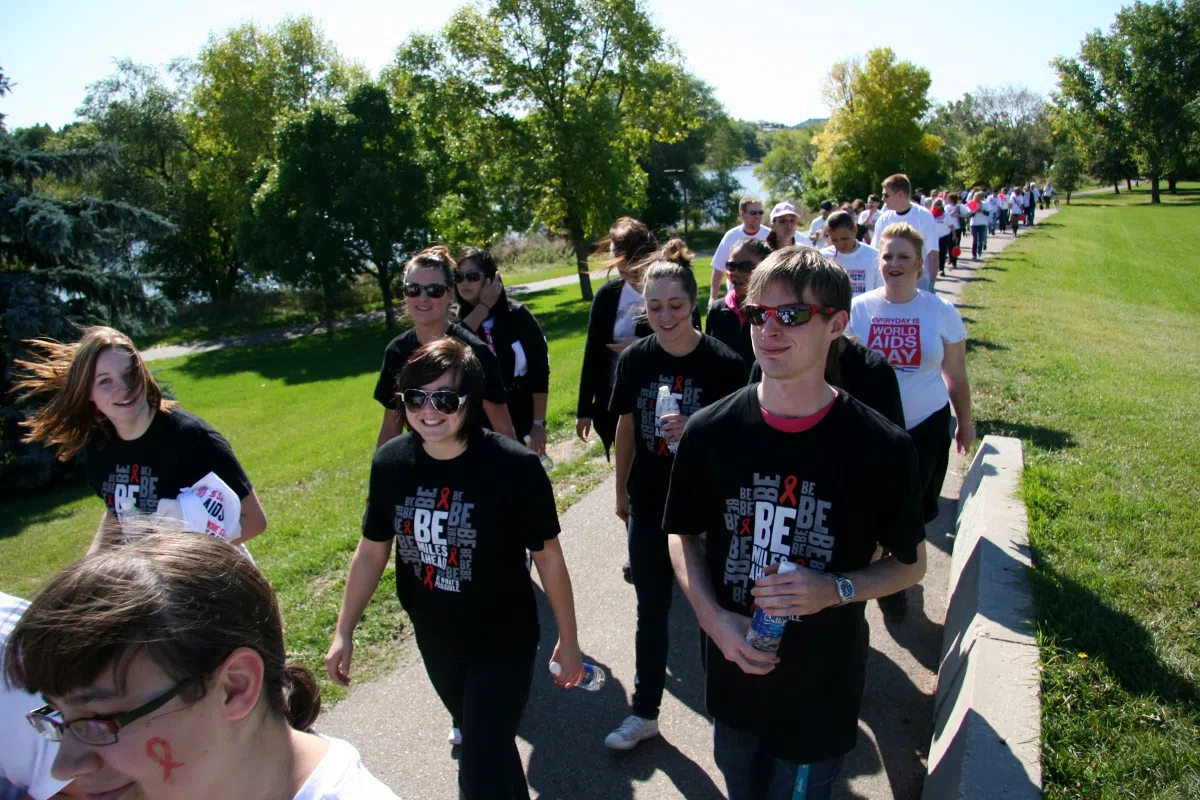
The Robert Effect
There is a lot of silence around HIV and AIDS, which makes the death of one young man from La Ronge so inspiring.
“The funeral … surprised me because we have trouble getting people to talk openly about HIV and AIDS,” said Natalie Kallio, support services co-ordinator at AIDS Saskatoon, about Robert, a client who quickly grew to be her friend.
But, she showed up wearing an AIDS Ribbon and everyone wanted to wear one, she said.
“We all wore them, all the pallbearers and his family and when we were putting him to rest … the AIDS ribbons went onto his coffin that went in the ground. We talked about it,” Kallio said.


